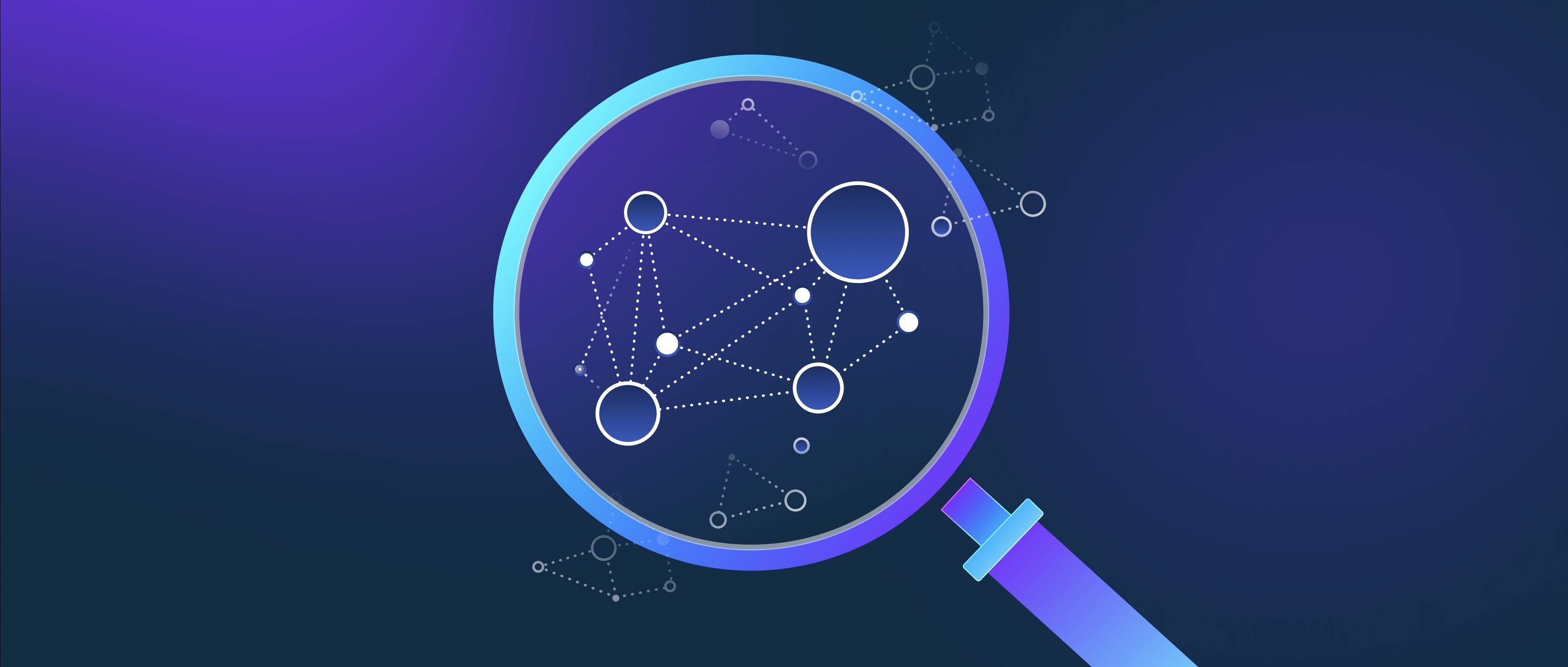Tracking customer lifetime value (CLV) using data analytics involves a systematic approach to collect and analyze customer data over time. CLV is a measure of the total revenue a business can expect from a customer throughout their engagement. To track this, developers can set up data pipelines that aggregate transaction data, customer interactions, and demographic information from various sources, such as e-commerce platforms, CRM systems, and marketing databases. This data can be stored in a relational database or data warehouse for further analysis.
Once the data is collected, you can calculate CLV using several methods. A common approach is to use the formula: CLV = Average Purchase Value × Purchase Frequency × Customer Lifespan. The average purchase value can be derived by dividing total revenue by the number of purchases over a specific period. Purchase frequency can be calculated by determining how often a typical customer makes a purchase within that timeframe. Lastly, customer lifespan is usually estimated based on historical data regarding how long most customers remain active. By implementing this formula in a data analytics tool or through coding, developers can automate CLV calculations for various customer segments.
Analyzing CLV helps businesses make informed decisions about marketing spend and customer retention strategies. For example, if the data reveals that a particular customer segment has a high CLV, resources can be allocated to nurture that segment with targeted promotions or loyalty programs. Furthermore, understanding the factors that contribute to higher CLV, such as frequency of purchases or customer referrals, can help businesses tailor their products and services to enhance customer experience. Regularly updating and analyzing CLV data allows companies to adapt their strategies over time and improve their overall profitability.
